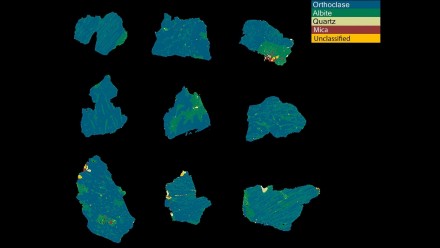Dating Neanderthal Occupations in Southern Siberia
Neanderthals, our closest evolutionary cousins, were once widespread across Eurasia, venturing at least as far east as the Altai Mountains of southern Siberia, where their fossil remains have been found at Denisova Cave and Chagyrskaya Cave. Neanderthals inhabited Denisova Cave between about 200,000 and 100,000 years ago. The Neanderthals that inhabited Chagyrskaya Cave are genetically more similar to Neanderthals of eastern Europe than those from Denisova Cave, and also possess a stone tool kit more characteristic of central and eastern Europe. The timing of Neanderthal occupation at Chagyrskaya Cave has, however, remained elusive.
Researchers from the University of Wollongong dated the sediments encompassing the Neanderthal fossil remains using optical dating, a technique that determines the burial time of mineral grains based on their exposure to ionising radiation in the environment. The researchers dated alkali feldspar grains, which often consist of two discrete phases, one rich in potassium (orthoclase) and the other rich in sodium (albite), as well as quartz and mica inclusions. Potassium has a radioactive isotope, so it is necessary to determine the average potassium concentrations of these grains. Using a calibration, quantitative evaluation of minerals using scanning electron microscopy (QEMSCAN) maps of grains were obtained at the Centre for Advanced Microscopy at the Australian National University to determine average potassium concentrations of entire grains.
Optical dating revealed that Neanderthals inhabited Chagyrskaya Cave about 54,000 years ago, indicating a long-distance dispersal of Neanderthals into southern Siberia from central and eastern Europe long after Neanderthals ceased to inhabit Denisova Cave. The factors driving such an epic trek remain enigmatic.
Ref.: Kolobova, K A, et al. (2020) PNAS. 117: 2879–2885.








